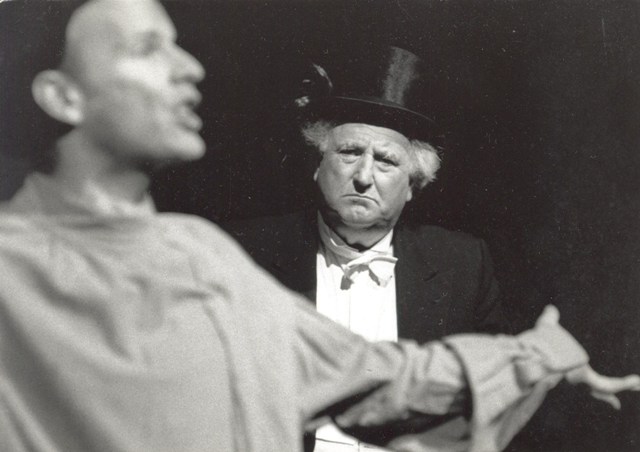

Peter Trofimov – a student and Anya's friend.

Most of her humor comes from her inability to understand financial or business matters. Her confused feelings of love for her old home and sorrow at the scene of her son's death, give her an emotional depth that keeps her from devolving into a mere aristocratic grotesque. A commanding and popular figure, she represents the pride of the old aristocracy, now fallen on hard times. Ranyevskaya is the linchpin around which the other characters revolve. Madame Lyubov Andreievna Ranevskaya – a landowner.Konstantin Stanislavski as Leonid Gayev, c. The spelling of character names depends on the transliteration used. It has influenced many other playwrights, including Eugene O'Neill, George Bernard Shaw, David Mamet, and Arthur Miller. Major theatre directors have staged it, including Charles Laughton, Peter Brook, Andrei Șerban, Jean-Louis Barrault, Tyrone Guthrie, Katie Mitchell, Robert Falls, and Giorgio Strehler. Widely regarded as a classic of 20th-century theatre, the play has been translated and adapted into many languages and produced around the world. It dramatizes the socioeconomic forces in Russia at the turn of the 20th century, including the rise of the middle class after the abolition of serfdom in the mid-19th century and the decline of the power of the aristocracy. The story presents themes of cultural futility – both the futile attempts of the aristocracy to maintain its status and of the bourgeoisie to find meaning in its new-found materialism. Unresponsive to offers to save the estate, she allows its sale to the son of a former serf the family leaves to the sound of the cherry orchard being cut down. The play revolves around an aristocratic Russian landowner who returns to her family estate (which includes a large and well-known cherry orchard) just before it is auctioned to pay the mortgage. It is often identified as one of the three or four outstanding plays by Chekhov, along with The Seagull, Three Sisters, and Uncle Vanya. Since its first production, directors have contended with its dual nature. Chekhov described the play as a comedy, with some elements of farce, though Stanislavski treated it as a tragedy. It opened at the Moscow Art Theatre on 17 January 1904 in a production directed by Konstantin Stanislavski. Written in 1903, it was first published by Znaniye (Book Two, 1904), and came out as a separate edition later that year in Saint Petersburg, via A.F. The Cherry Orchard ( Russian: Вишнёвый сад, romanized: Vishnyovyi sad) is the last play by Russian playwright Anton Chekhov. Scene from Act 3 of the original Moscow Art Theatre production


 0 kommentar(er)
0 kommentar(er)
